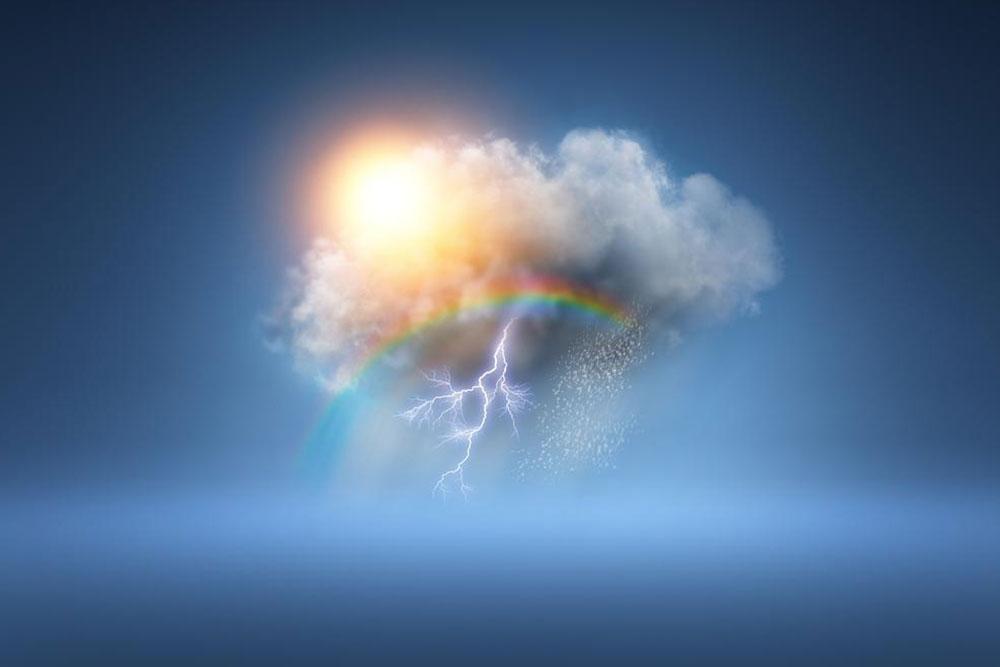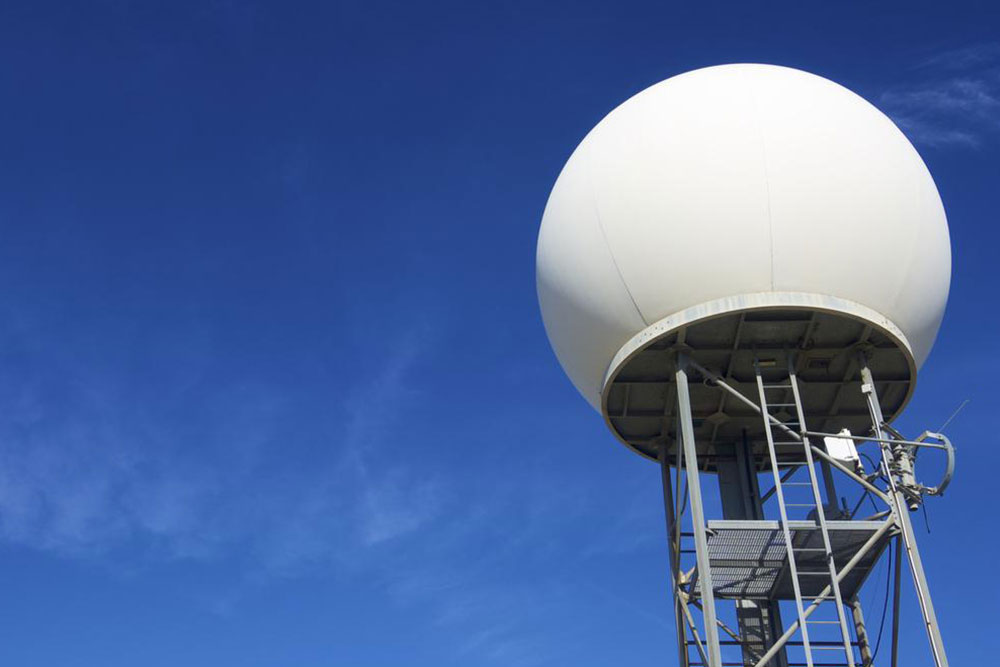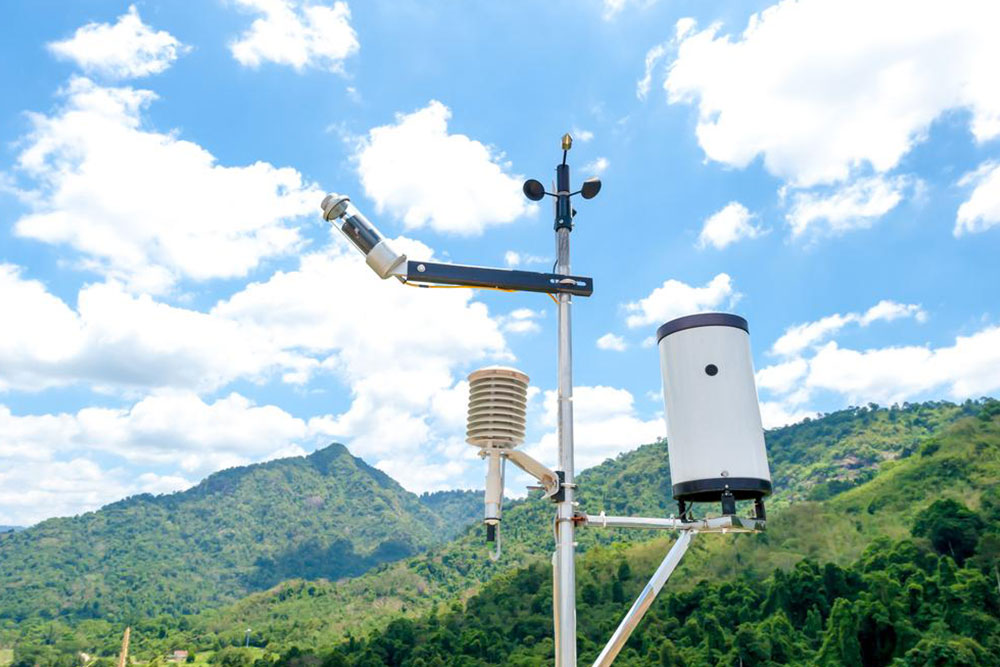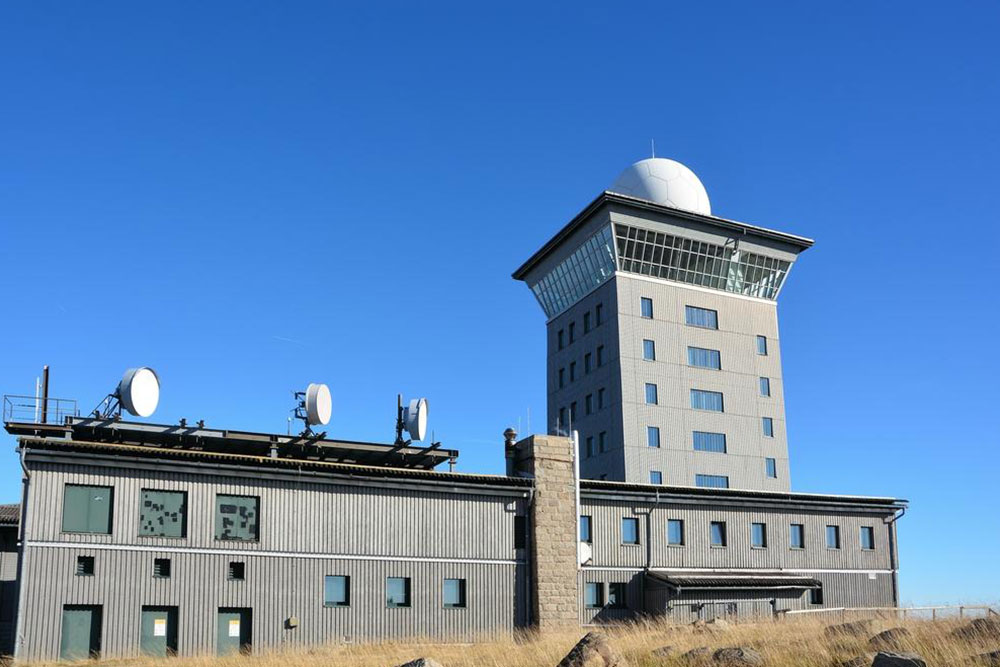Comprehensive Guide to Storm Chasing: History, Techniques, and Modern Practices
Discover the comprehensive history, modern techniques, and safety practices of storm chasing. Learn how enthusiasts combine adventure with scientific research, utilizing advanced technology to track and study severe weather phenomena. Explore the evolution of storm chasing, its role in weather forecasting, and tips for aspiring storm chasers in this detailed guide.
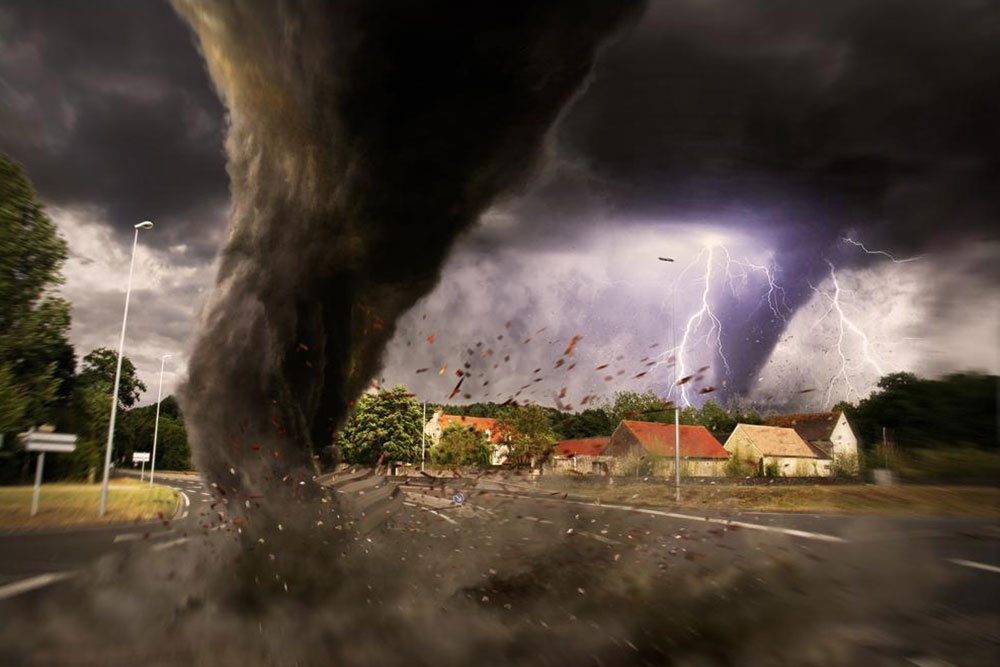
Comprehensive Guide to Storm Chasing: History, Techniques, and Modern Practices
Storm chasing is a dynamic activity that combines elements of adventure, scientific investigation, and photography. Its roots trace back to the mid-20th century, with significant developments in the 1950s and beyond. The practice involves following severe weather phenomena, such as tornadoes, hurricanes, and thunderstorms, to better understand their behavior, collect data, and often capture breathtaking images and videos. While it remains rooted in scientific curiosity, storm chasing today has evolved into a popular recreational pursuit that attracts thrill-seekers and enthusiasts from around the world.
Historically, storm chasing began in the United States during the 1950s. One of the earliest pioneers was David Hoadley from North Dakota, who started tracking storms by gathering data from weather stations and aviation sources. His efforts marked the beginning of a new era in weather observation, emphasizing on-the-ground data collection and real-time monitoring. Progressively, the field gained momentum as meteorologists and storm enthusiasts recognized the potential of direct storm observation for advancing weather prediction models.
One of the notable milestones in storm chasing history was the launch of the tornado intercept initiative by Neil Ward and the University of Oklahoma in 1972. This program aimed to improve tornado forecasting and understanding through systematic storm interception and data collection. The initiative laid the groundwork for modern storm chasing techniques and fostered the development of specialized equipment and strategies.
In contemporary times, storm chasing has become a highly organized activity with a significant recreational component. Enthusiasts often travel to Tornado Alley—an informal term for regions prone to tornadoes, particularly in the central United States—to pursue storm phenomena. Participants range from hobbyists to professional meteorologists and researchers, all motivated by curiosity, the thrill of the chase, and an interest in natural weather phenomena.
Modern storm chasers utilize a variety of advanced tools and technologies. Most are equipped with small, highly mobile vehicles fitted with sophisticated weather monitoring gear, including radar systems, anemometers, barometers, and GPS units. These vehicles are often supported by larger RVs or trailers equipped with additional sensors, communication devices, and safety gear. The equipment setup allows chasers to track storms accurately, measure wind speeds, and record atmospheric data—valuable for both scientific research and media coverage.
The activities of storm chasers are primarily driven by passion and curiosity, with many volunteers contributing to scientific research by sharing real-time weather data. Some chasers earn income by selling their compelling footage, photos, or live streams to television networks, news outlets, or weather information providers. Others work as freelance photographers or videographers, capturing dramatic storm imagery that garners significant public interest.
There are no strict qualifications required to become a storm chaser; however, training courses are available for those interested in improving their skills. The National Weather Service and various weather organizations offer spring training programs covering storm identification, safety protocols, and equipment handling. Safety is paramount, as chasing storms involves risks such as high winds, hail, and unpredictable tornado behavior. Proper training and safety measures are essential for reducing hazards.
Participants in storm chasing come from diverse backgrounds, predominantly from the US's central and southern regions, including states like Oklahoma, Texas, Kansas, and Nebraska. The typical age of chasers is around 35 years old, with many holding college degrees in fields like meteorology, environmental science, or related disciplines. Although most chasers are male, there is a growing number of female enthusiasts contributing to the field.
Storm chasing is not only a hobby but also a serious scientific activity that has contributed to improving severe weather forecasting. The images and data collected by chasers help meteorologists analyze storms more accurately and develop better warning systems. As technology advances, storm chasing continues to incorporate new tools such as drones, high-resolution cameras, and automated data collection devices, making it safer and more effective than ever before.
In summary, storm chasing is a captivating practice that merges science, adventure, and artistry. From its humble beginnings in the 1950s to today’s high-tech operations, the activity remains vital in advancing our understanding of severe weather while providing exhilarating experiences for enthusiasts worldwide. Whether driven by scientific curiosity or the thrill of the chase, storm chasing continues to be a compelling pursuit rooted in human fascination with the power of nature.
